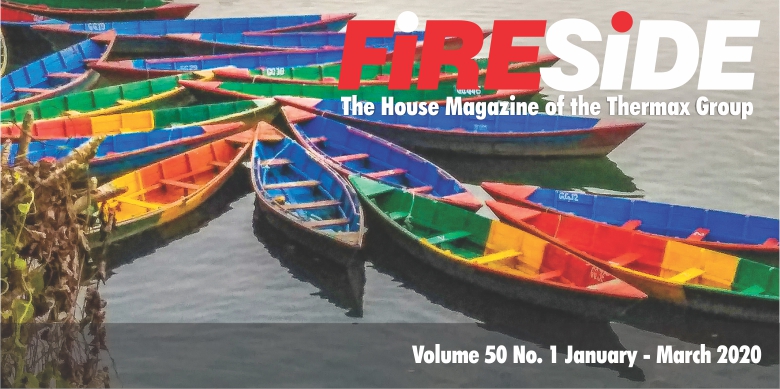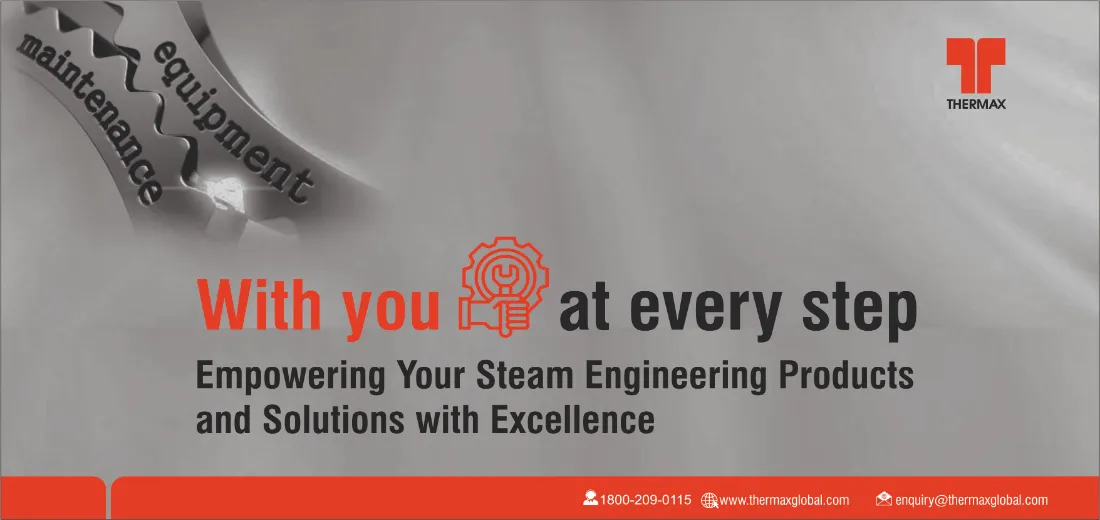L&T cuts plan, Thermax warns as Chinese charge in
DNA | December 20, 2010In the last three months, Chinese power equipment majors have won $15 billion — or Rs70,000 crore — worth of power equipment contracts from Indian firms, setting off a wave of angst in the domestic industry.
So much so, Larsen & Toubro, the country's largest private largest engineering and construction major, has curtailed its targeted capacity expansion by 33%.
L&T's power division had planned to ramp up capacity by 50% at its Hazira facility from 4,000 mw to 6,000 mw by 2012, but after the recent multibillion-dollar agreements signed by power producers with Chinese rivals, it has been forced to can the expansion, according to Ravi Uppal, managing director and chief executive officer of L&T Power.
Thermax, the country's largest private sector boiler manufacturer, has also threatened that it would ‘withhold' its plan of investing “`5,000 crore over the coming years” unless the government imposes tax on imports from China.
Under the largest China-India power deal, Reliance Power announced in October-end that the company will place a $10 billion order with Shanghai Electric Group Company for getting 30,000 mw capacity of boiler, turbine and generator packages for its coal-based power plants.
Last week, the Essar Group signed an agreement with China Development Bank Corporation, under which the conglomerate would get priority lending for $3 billion when it buys equipment for its power, shipping, and steel business.
Over the weekend, Abhijeet Group and KSK Energy awarded Dongfang Electric Corporation with an order size of $2.7 billion for super-critical units for burning coals power and wind power equipment, respectively.
Leading private sector equipment manufacturers say that cheaper credit offered from Chinese banks for financing these agreements and subsidies provided by Beijing have made companies like Shanghai Electric Group Co emerge as the new power equipment makers of the world.
“Lower interest rate on purchasing equipment from there (China) is making many rush to sign agreements,” said B G Raghupathy, chairman and managing director of BGR Energy, the Chennai-based power sector company.
Worryingly for private players, analysts say this trend would only strengthen in future as Beijing seems to be in no mood to stop subsidising its equipment manufacturers.
“For the short term, Chinese companies have got the contracts, so the government will see to it that the investments made by the domestic players don't lose out as most of them are in the initial development stage,” said Arvind Mahajan, executive director at audit firm and consultancy KPMG.
“Imposing duties is one step the government could think of. They (government) could also ask the Chinese players to partner with domestic players rather than merely export equipment,” said Mahajan.
Earlier this year, a Planning Commission committee headed by ArunMaira had asked for a 14% duty on Chinese power equipment, a move which would have helped Indian power equipment makers compete globally.
But the advice did not pass muster with the finance ministry, which believed it was “anti competition”, leaving players like L&T, which has invested Rs3,500 crore in setting up a manufacturing plant, in a spot.
“It is rather unfortunate that most companies are going to China for sourcing equipment,” said Uppal, adding that equipment manufactured in China is up to 25% cheaper than in India on account of various direct and indirect subsidies offered by Beijing.
“We have the technical know-how. All the global giants are here,” explained Uppal, whose company has two joint ventures with Japanese-major Mitsubishi Heavy Industries Ltd to manufacture super critical boilers and steam turbine generators.
India aims to expand its power capacity by 100,000 mw over the coming five years, at an investment of Rs500,000 crore. Since the majority of this expansion would be funded by private players, their decision to opt for Chinese equipment manufacturers could result in the Indian exchequer losing Rs180,000 crore, according to MS Unnikrishnan, managing director, Thermax.
This loss, according to Unnikrishnan, was calculated after adding various forms of taxes —- octroi, excise, minimum alternative tax and income tax —- a manufacturer would have paid in India, already the second-largest power equipment market, behind China.
“You are compromising our country by allowing this unbridled import, knowing fully that they are being subsidised (and then financed) cheaper loans from Chinese banks,” said Unnikrishnan. The company has a pact with US-based Babcock & Wilcox Power Generation Group Inc to make supercritical boilers and subcritical boilers of more than 300 mw. Additionally, it also has joint venture with US-based SPX Corporation to provide pollution control equipments to new power plants.
“The playing field is distorted,” said Sunil Chaturvedi, chief operating officer, capital goods division, Bharat Forge.
Bharat Forge has two joint ventures in the power divison: one with French power engineering company Alstom to build critical turbine generators and the other with NTPC for the balance of power equipment including high-pressure valves and pumps.
However, Raghupathy says things won't be too worrisome for at least two years because none of the private equipment manufacturers' joint ventures with foreign partners is functional. “(Nonetheless) we are definitely in trouble if this trend (sourcing to China) continues.”
The industry is also sceptical of the efficiency of Chinese equipment makers, with many saying they remain quality control on their power turbines.
Still, the companies that have placed orders with Chinese companies remain undeterred. “China itself has added 100,000 mw energy in the last year. This was done using the same technology which we are importing,” said an executive at the Nagpur-based Abhijeet Group, which has interests in mining, steel and power.
A spokesperson for Reliance Power declined to comment for the story.












